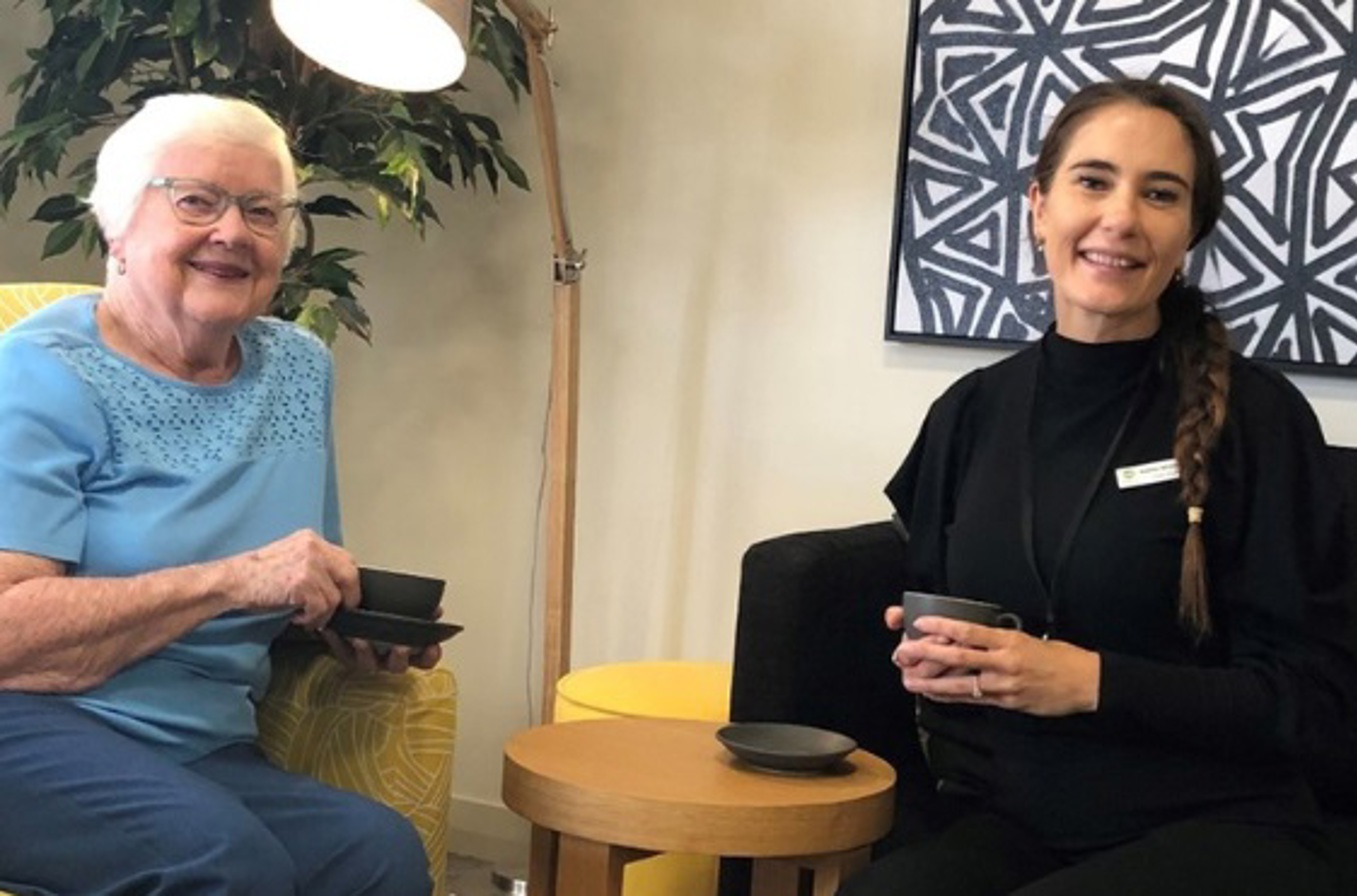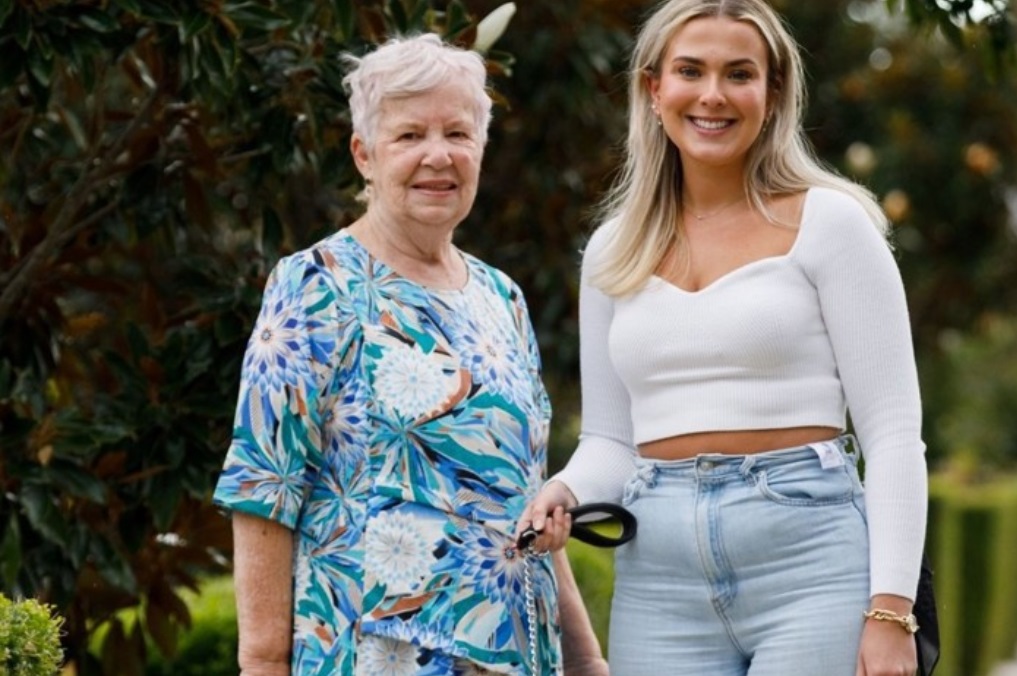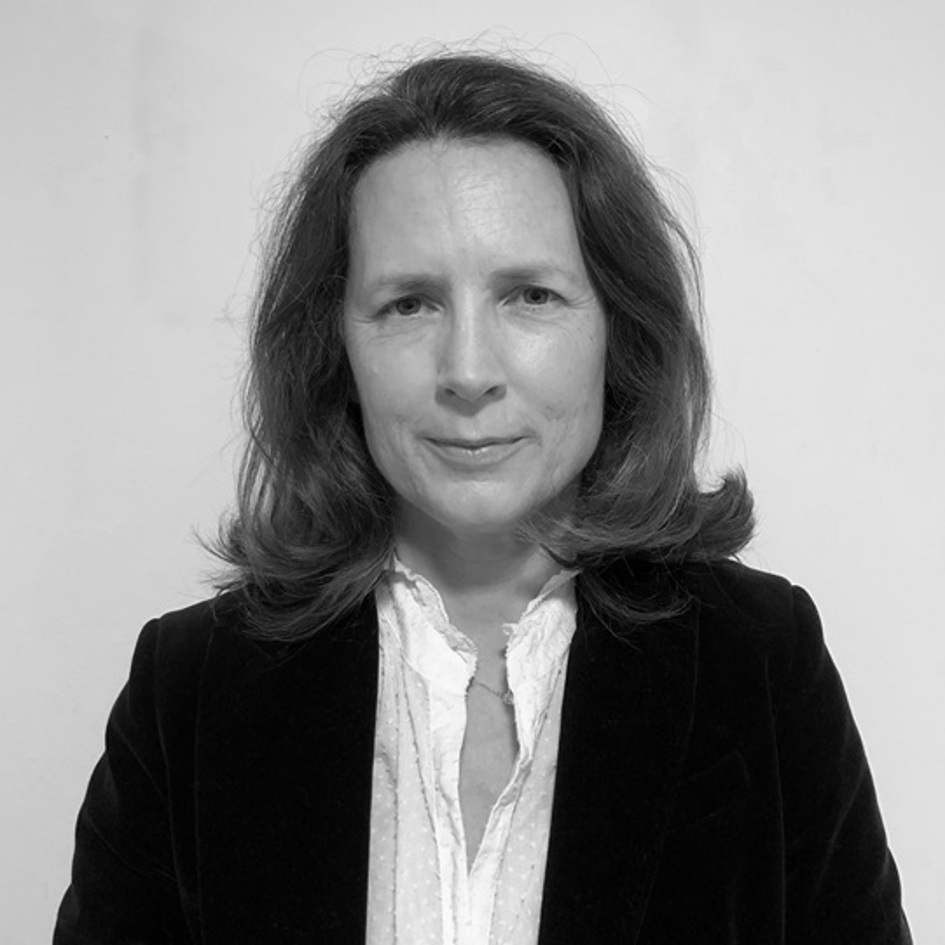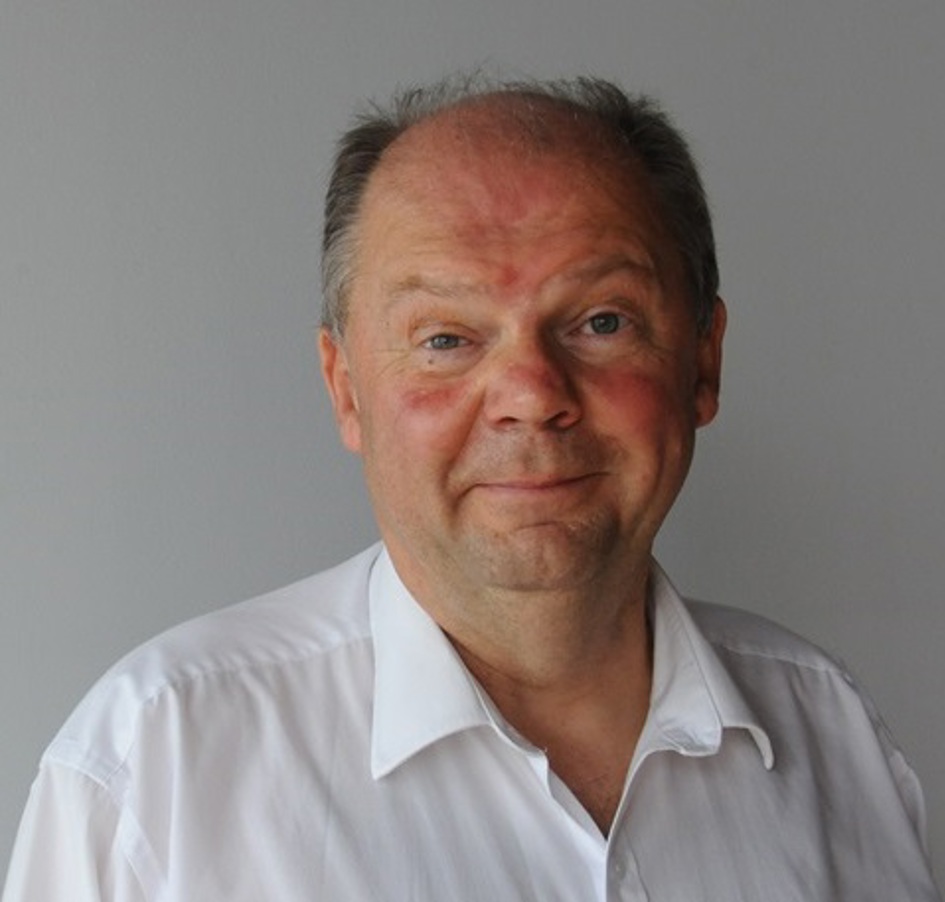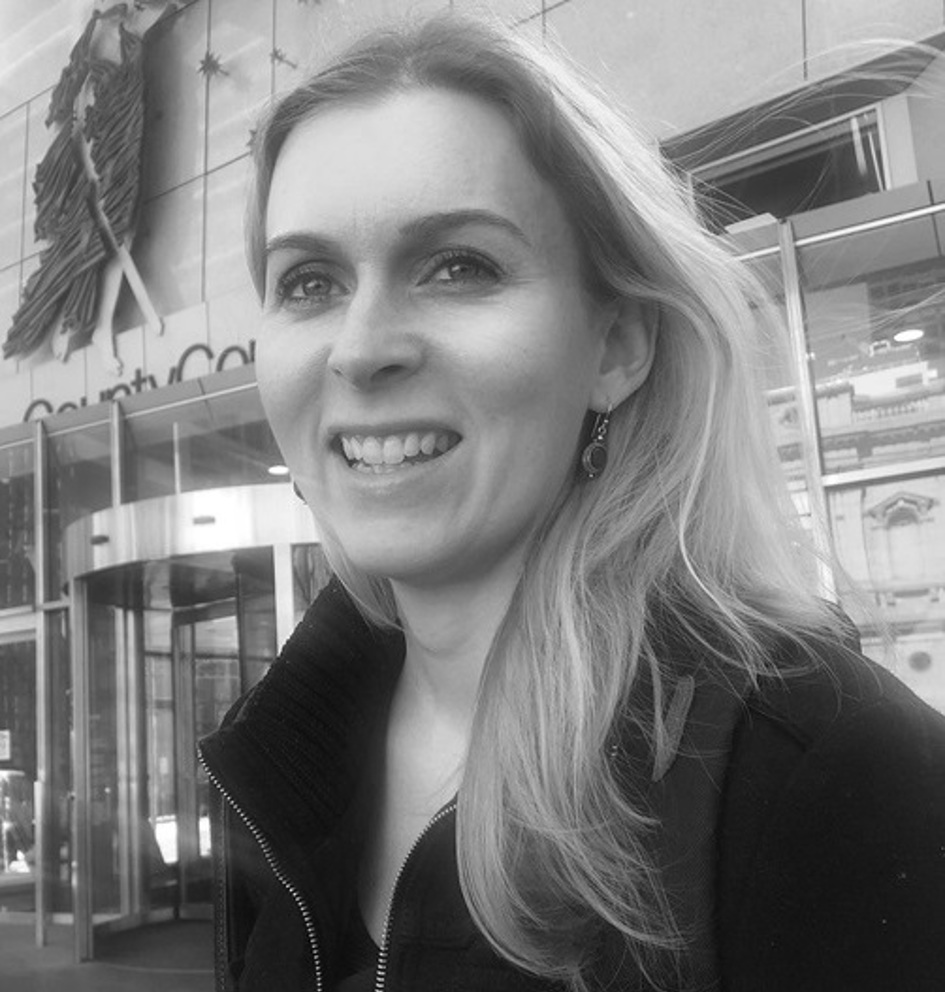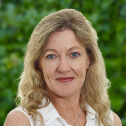What others are asking - Do I qualify for Protected Person Status for Aged Care in Australia?

Forum Question
Do I qualify for Protected Person Status for Aged Care in Australia?
Navigating aged care and financial considerations can be complex, particularly when determining whether you qualify as a “Protected Person.” This article provides clarity on Protected Person Status, its implications for aged care costs, and the factors you should consider if you are a carer or family member.
What is Protected Person Status?
Protected Person Status is a classification under Australian aged care policy that can exempt the family home from being included in aged care fee calculations. This status applies to certain individuals living in the home, including:
- Spouses or dependent children
- Close relatives who are eligible for Australian Government income support payments and have lived in the home for the past five years
- Carers who are eligible for Australian Government income support payments and have lived in the home for at least two years
Receiving a government income support payment, such as from Centrelink or the Department of Veterans' Affairs (DVA), is crucial to qualifying for Protected Person Status.
Eligibility Requirements
To qualify as a Protected Person:
- You must be living in the family home.
- You must be receiving an Australian Government income support payment.
- You must meet the residency duration requirement—five years for close relatives and two years for carers.
- You must continue receiving the income support payment to maintain Protected Person Status.
Implications for Aged Care Costs
If a Protected Person resides in the family home, the home’s value will be exempt from aged care fee calculations for as long as they remain in the home.
However, once a person enters residential aged care:
- The family home is exempt from income and assets assessments for two years if it is retained.
- After two years, the home’s value will be included in the calculation, capped at $175,239.20 (as of 20 September 2021).
- If the home is sold, its market value will be fully included in the assets calculation.
A Case Scenario: Carer with Rental Property
If you have been a full-time carer for your mother and she moves into a nursing home, your eligibility as a Protected Person depends on:
- Whether you meet the income support payment requirement.
- Your residency in the family home for at least two years.
Having a unit rented out should not directly impact your Protected Person Status unless it affects your income support eligibility. However, you should seek specific financial advice to ensure compliance with Centrelink or DVA requirements.
Income and Assets Assessment
When your mother moves into aged care, she will need to submit an Income and Assets assessment to the Department of Human Services (Centrelink). This assessment determines:
- Her contribution towards aged care fees
- The government’s subsidy for her care costs
For further clarity, you can contact Centrelink’s Income and Assets division at 1800 227 475.
Financial Hardship Options
If you or your family cannot afford aged care costs due to unforeseen circumstances, financial hardship assistance may be available. Contact the hardship services at 132 300 for guidance.
Seek Professional Advice
The complexities of aged care financial planning make it essential to consult a specialist in aged care financial advice. Proper guidance can save significant time, money, and emotional stress while ensuring compliance with regulations.
Key Takeaways:
- Protected Person Status exempts the family home from aged care fee calculations under specific conditions.
- Eligibility hinges on government income support and residency requirements.
- Professional advice is invaluable in managing aged care financial planning.
For more information or to discuss your unique situation, consider reaching out to aged care financial advisors or the relevant government services.
To learn about Protected Person Status in Australian aged care, its impact on aged care costs, eligibility criteria, and key financial considerations visit this page. Discover how carers and family members can benefit and why professional advice is crucial.

